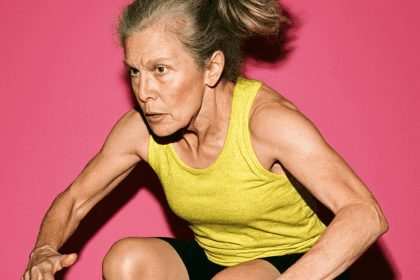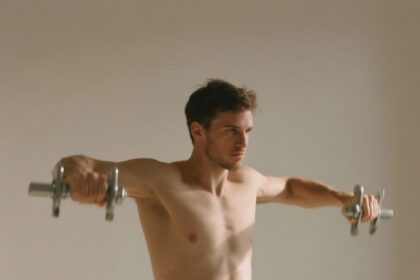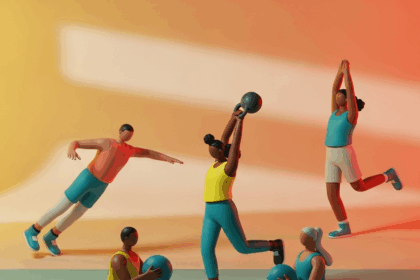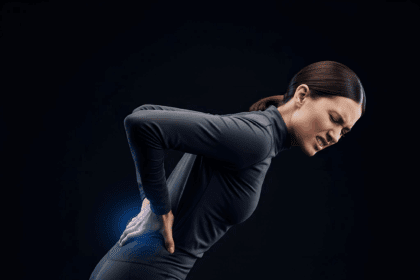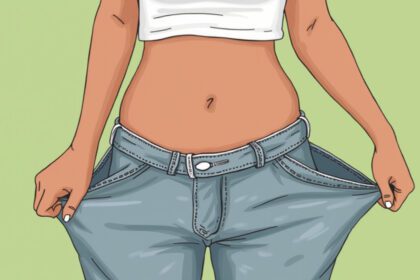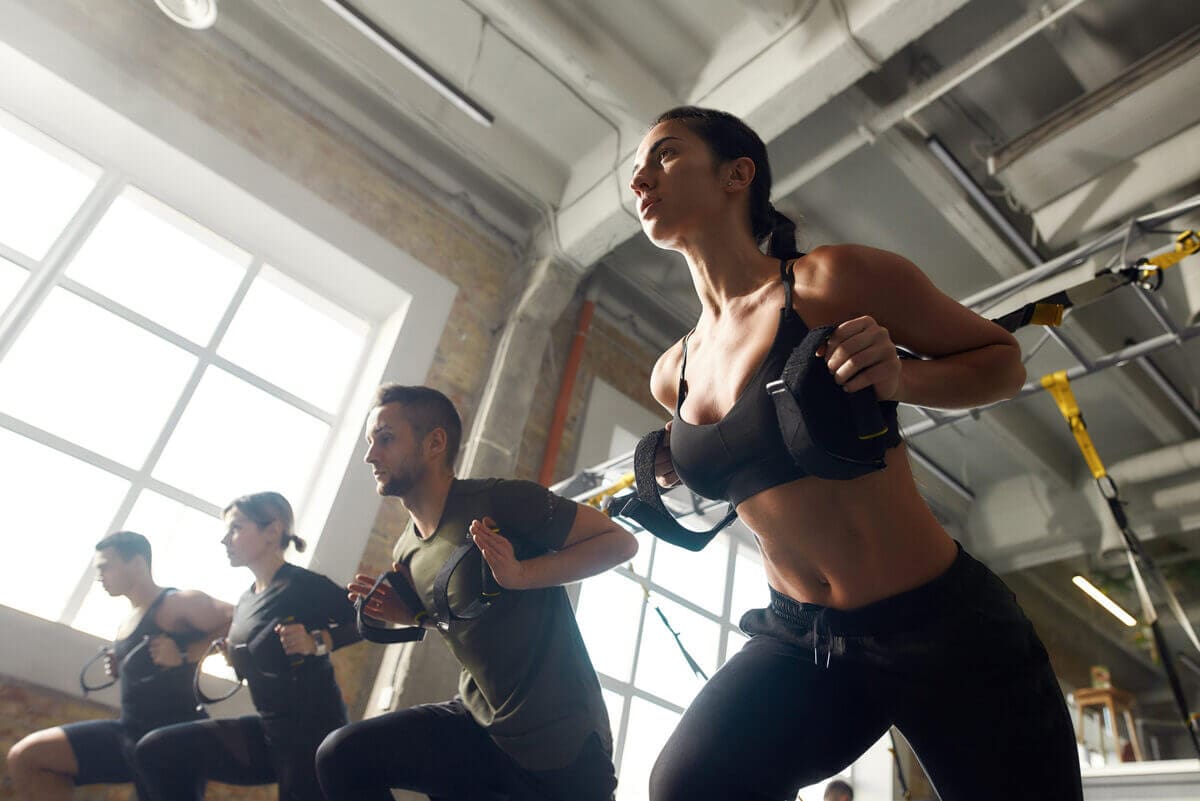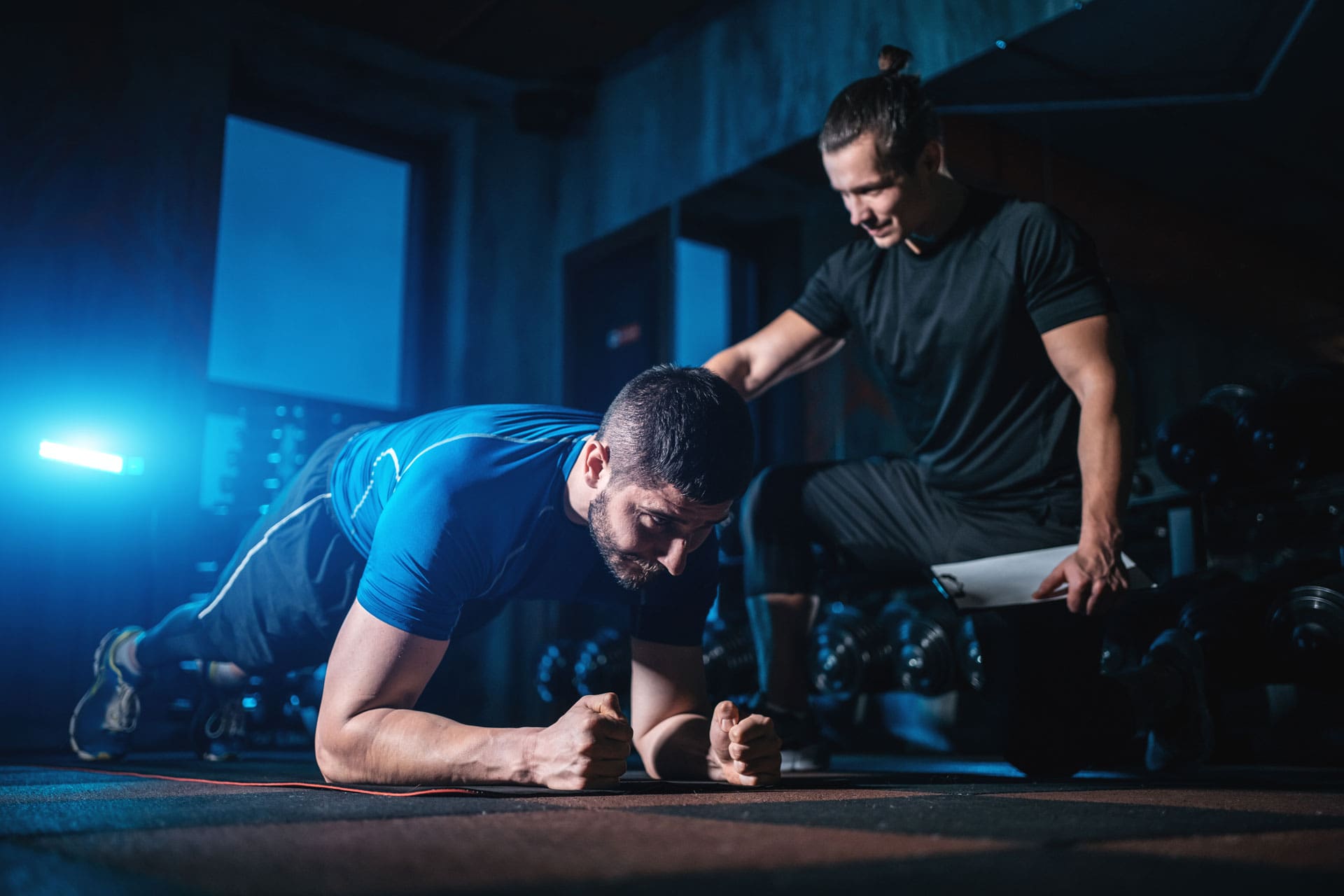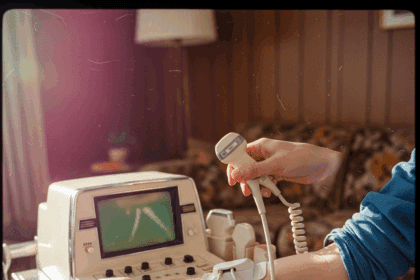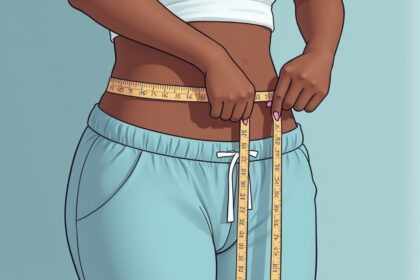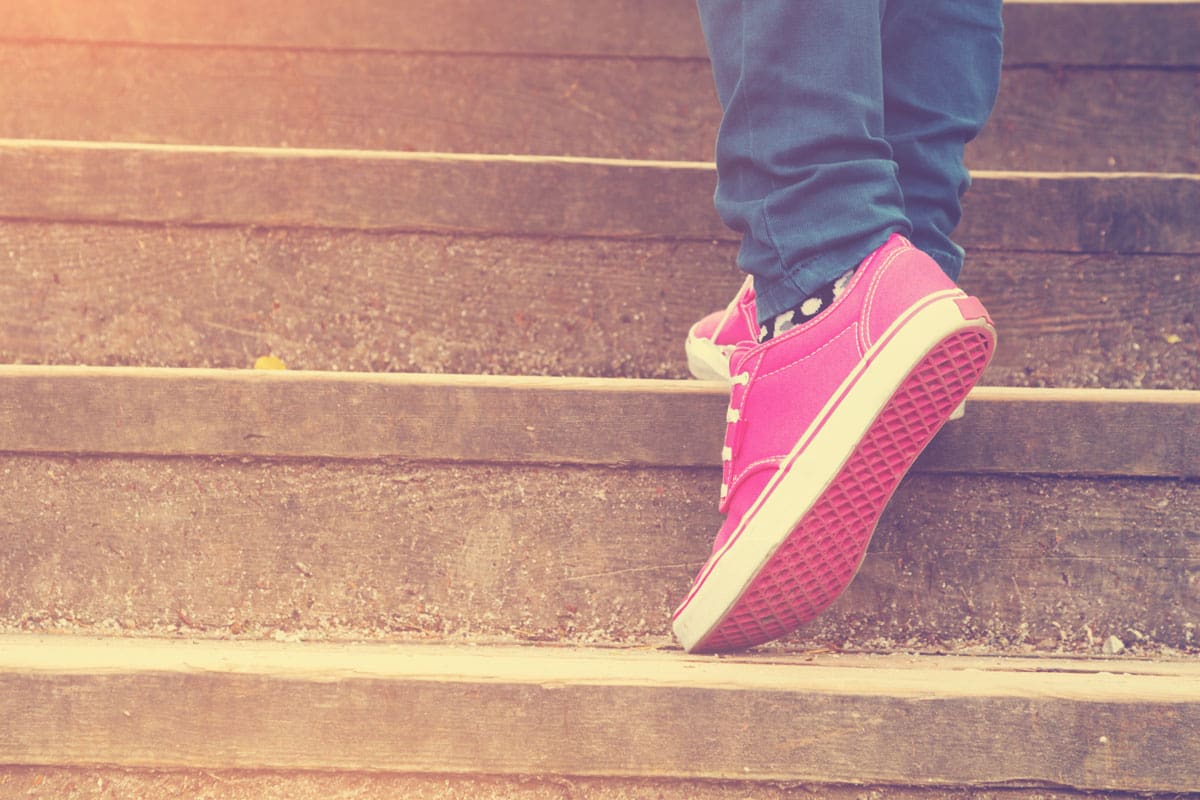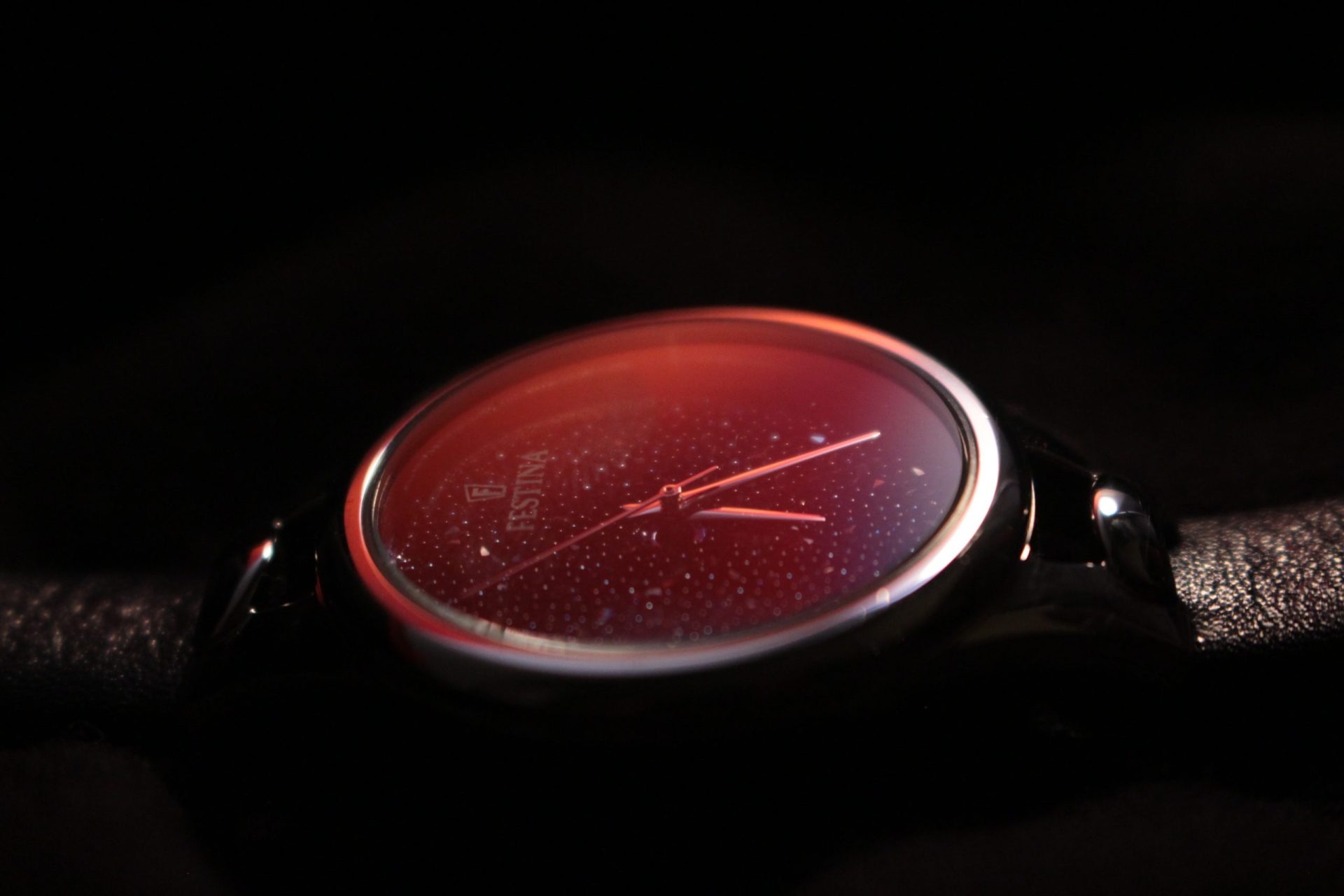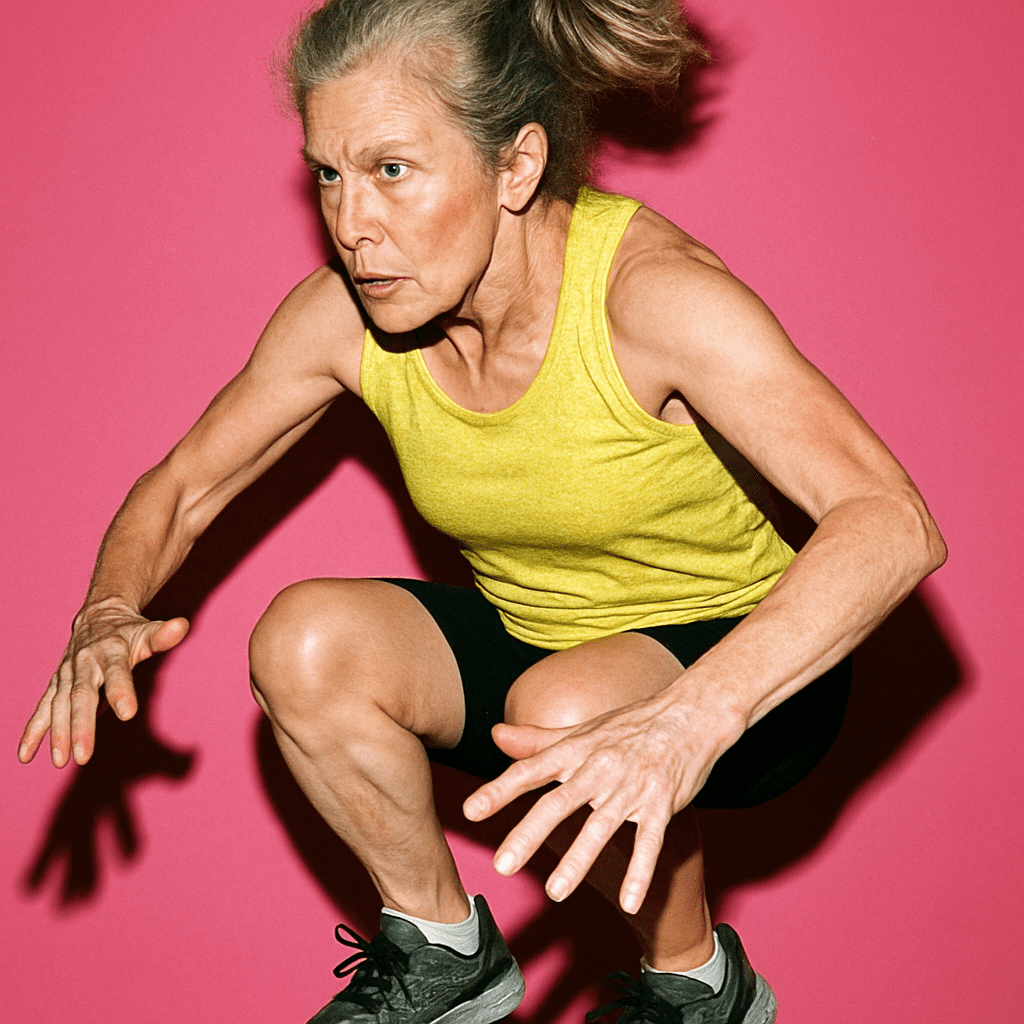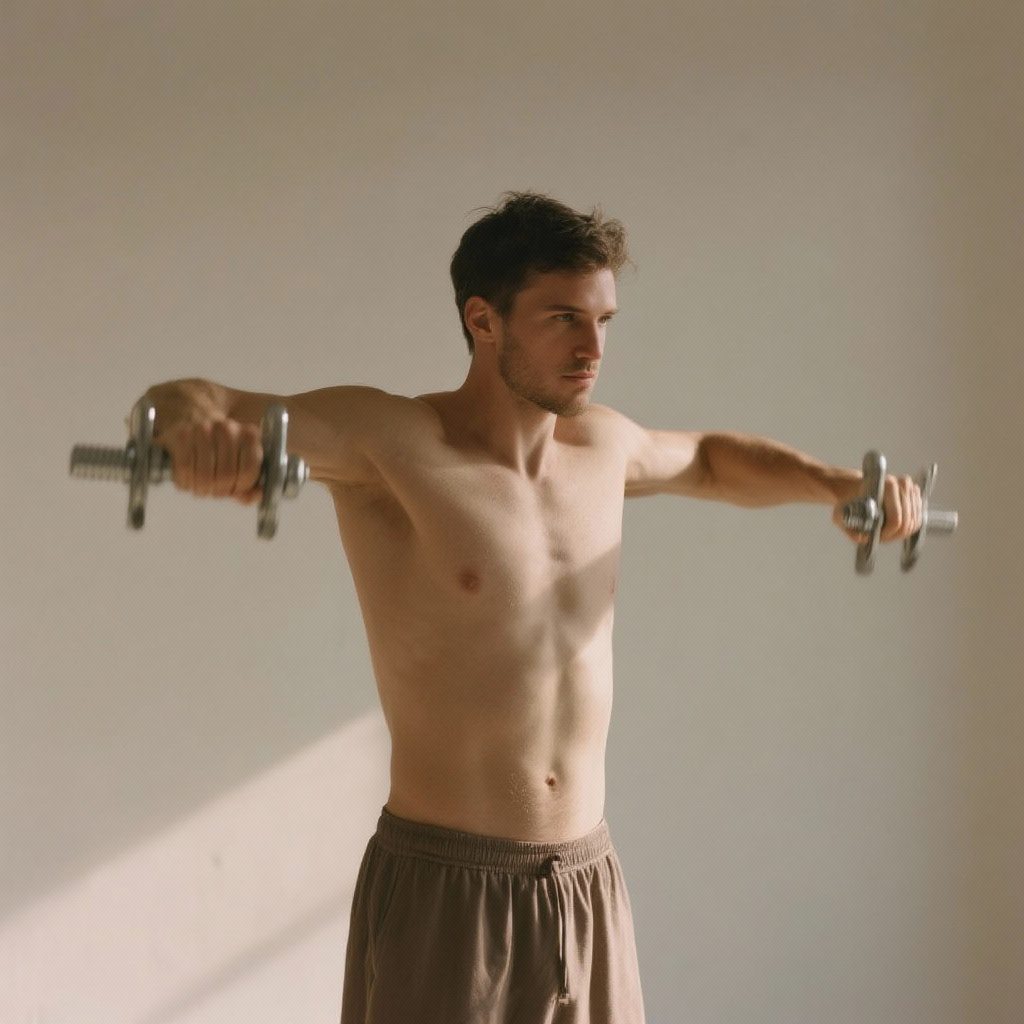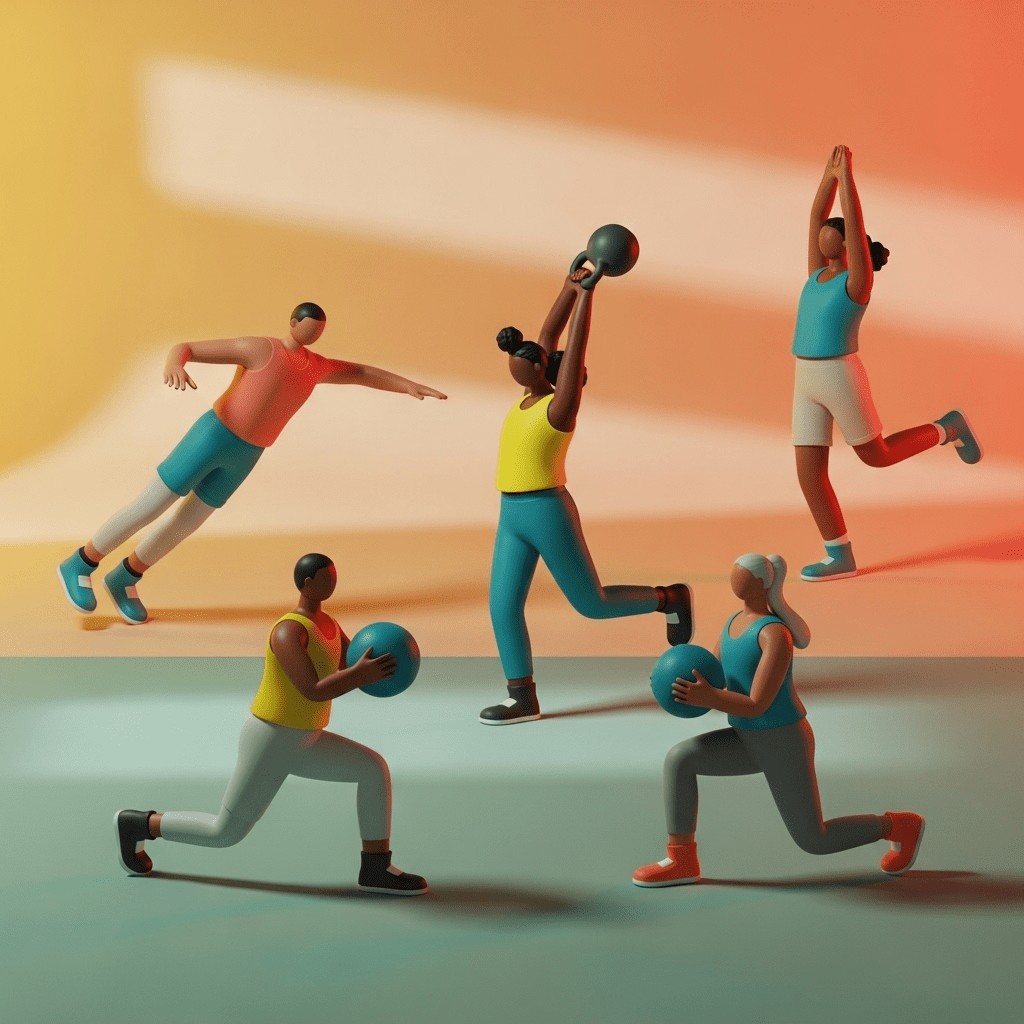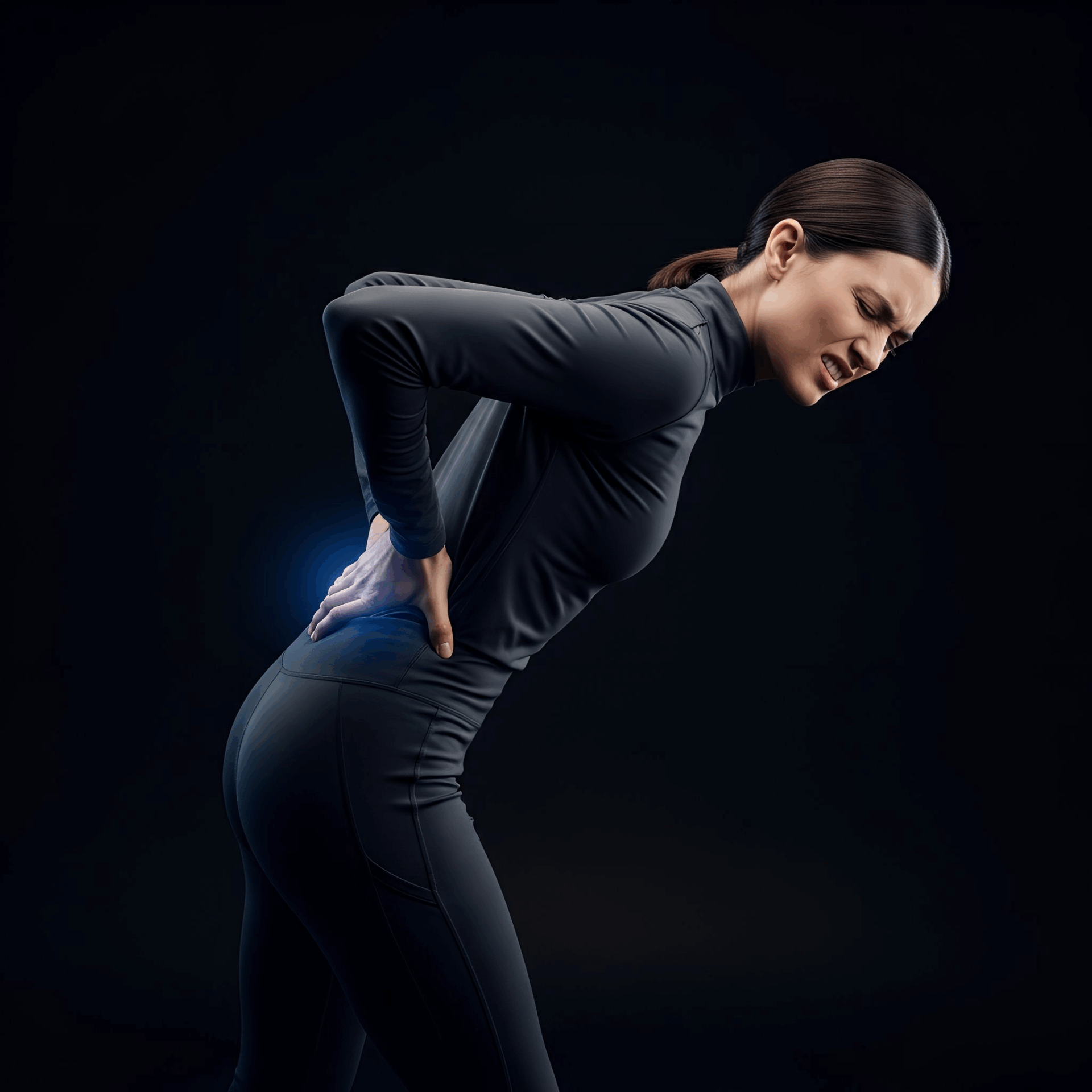If you’ve ever admired someone’s biceps and wondered how they got that incredible peak, the answer lies in targeting the long head of the biceps. While many people focus on general bicep training, the real secret to getting that well-defined, high-peaked arm lies in doing long head bicep exercises specifically designed to activate this part of the muscle.
The biceps brachii has two heads: the short head and the long head. The short head sits on the inner side of your upper arm and contributes more to overall thickness, while the long head is positioned on the outer side and is responsible for that impressive peak. If your goal is to build well-rounded, eye-catching arms, then focusing on long head bicep exercises is essential.
Why Should You Train the Long Head?
Many people make the mistake of performing generic bicep curls without realizing that different variations target different parts of the muscle. If your biceps look flat or lack definition, it’s likely because you’re not properly engaging the long head. By incorporating long head bicep exercises into your routine, you can create a more aesthetic and proportionate look.
When you perform exercises that emphasize the long head, you’re not only enhancing the visual appeal of your arms but also improving overall strength. The long head plays a crucial role in elbow flexion and shoulder stability, which can help with other upper body exercises like pull-ups and rows.
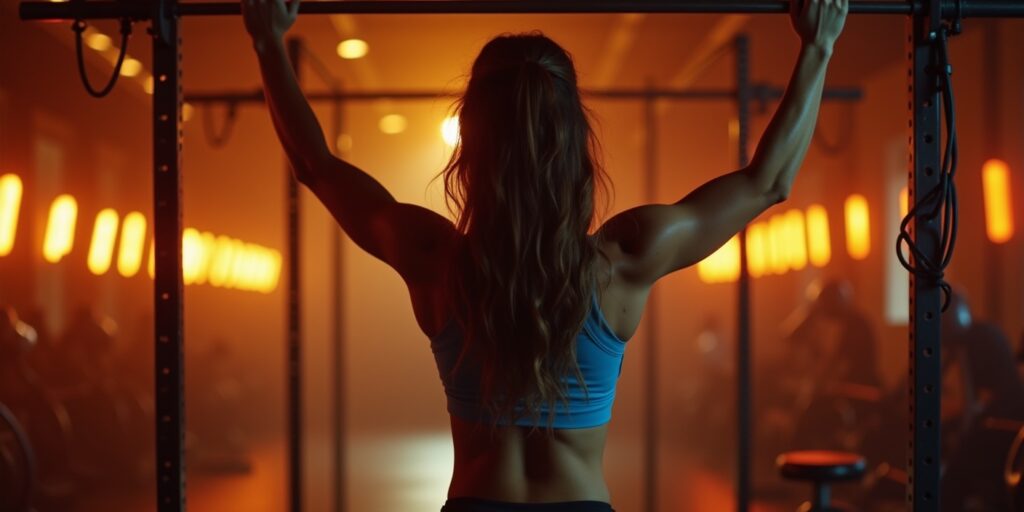
The Best Long Head Bicep Exercises
Incline Dumbbell Curl
One of the best ways to activate the long head is through exercises that stretch the muscle under tension. A great example is the Incline Dumbbell Curl. This movement allows your arms to extend behind your torso, putting the long head in a deep stretch before contracting. Research shows that incline curls activate the long head more effectively than standard dumbbell curls.
Close-Grip Barbell Curl
Another fantastic exercise is the Close-Grip Barbell Curl. By bringing your hands closer together on the barbell, you shift more of the workload onto the long head. This exercise is excellent for building arm definition and improving peak appearance.
Drag Curls
Drag Curls are another underrated yet highly effective movement. Unlike traditional bicep curls where you bring the bar up in a straight path, drag curls require you to pull the barbell up while keeping it close to your body. This slight modification forces the long head to work harder.
Behind-the-Back Cable Curls
For those who prefer using cables, Behind-the-Back Cable Curls are a must-try. Standing with the cable machine behind you forces your arms into a stretched position before curling the weight up. This extended range of motion is ideal for targeting the long head.
Hammer Curls
Another easy yet powerful movement is Hammer Curls. This exercise not only activates the long head but also engages the brachialis, the muscle that sits beneath the biceps. Developing the brachialis helps push the long head upward, making your arms look bigger and more defined.
Chin-Ups
If you enjoy bodyweight exercises, Chin-Ups (performed with an underhand grip) are a fantastic way to develop the long head. By using a supinated grip (palms facing you), your biceps take on more of the workload, with the long head working extra hard to pull your body up.
Structuring Your Long Head Bicep Workout
To maximize growth, it’s best to train your biceps 2-3 times per week. Here’s an example of an effective workout focused on long head bicep exercises:
- Incline Dumbbell Curl – 4 sets of 10-12 reps
- Close-Grip Barbell Curl – 3 sets of 8-10 reps
- Drag Curls – 3 sets of 10-12 reps
- Hammer Curls – 3 sets of 10 reps
- Behind-the-Back Cable Curls – 3 sets of 12 reps
- Chin-Ups – 3 sets of max reps
By following this structure, you ensure that the long head is being worked from multiple angles, promoting both muscle growth and definition.
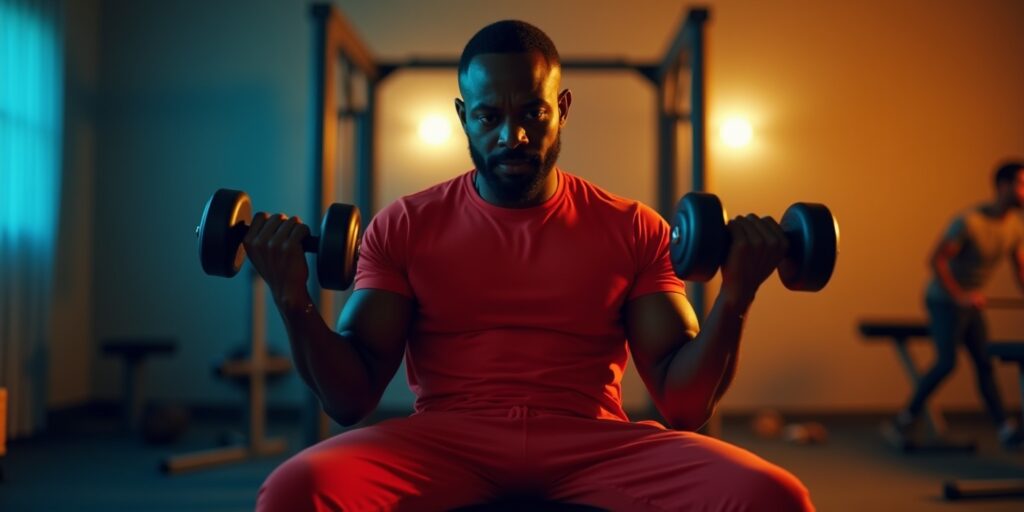
Tips for Maximizing Results
While doing the right exercises is crucial, you also need to pay attention to how you perform them. Here are some tips to make sure your long head bicep exercises are as effective as possible:
- Use a full range of motion – Ensure your arms fully extend at the bottom of each rep to get the maximum stretch on the long head.
- Control the movement – Avoid using momentum to swing the weights. Slow and controlled reps lead to better muscle activation.
- Incorporate supination – Twisting your wrists outward at the top of a curl increases long head engagement.
- Prioritize form over weight – Lifting heavy is great, but not at the expense of proper technique. Use a weight that allows you to complete your reps with good form.
- Eat a protein-rich diet – Muscles need proper nutrition to grow, so make sure you’re consuming enough protein daily.
The Science Behind Training the Long Head
Studies have consistently shown that certain positions and angles target the long head more effectively. A study published by the American Council on Exercise (ACE) found that exercises where the arms are positioned behind the torso, such as the incline curl, produced significantly higher long head activation compared to regular curls. This means that not all bicep exercises are equal when it comes to developing that sought-after peak.
Additionally, research suggests that incorporating a mix of free weights and cables can provide a well-rounded approach. Free weights like dumbbells and barbells allow for natural movement patterns, while cables provide constant tension, ensuring the muscle remains engaged throughout the entire range of motion.
Building impressive arms
Building impressive arms isn’t just about lifting heavy weights—it’s about choosing the right long head bicep exercises that effectively engage the muscle. If your goal is to develop a well-defined, peaked bicep, then incorporating exercises like incline curls, close-grip barbell curls, drag curls, and hammer curls should be at the core of your training.
Stay consistent, focus on technique, and don’t forget to fuel your muscles with proper nutrition. With time and dedication, you’ll start noticing significant improvements in your bicep shape and size. Now, grab those weights and start training your long head bicep exercises for bigger and stronger arms!

